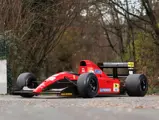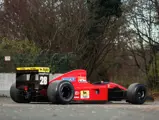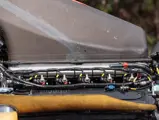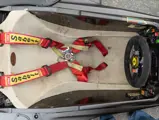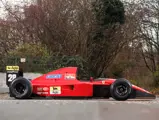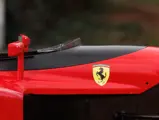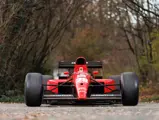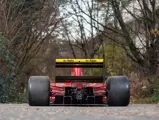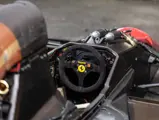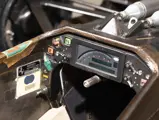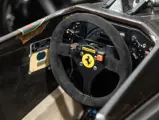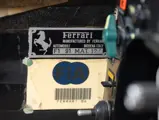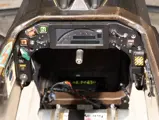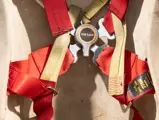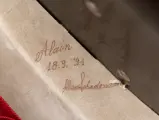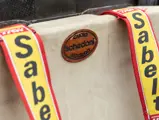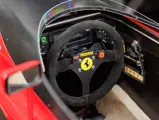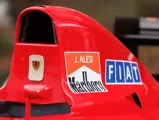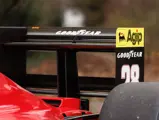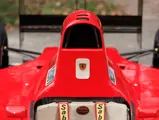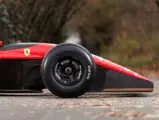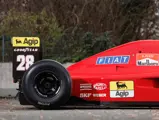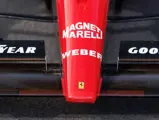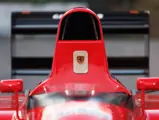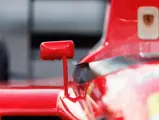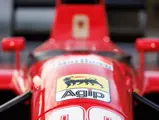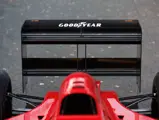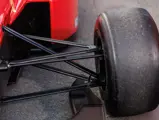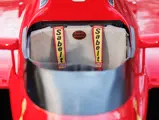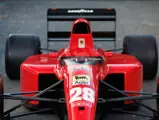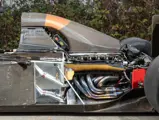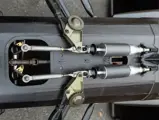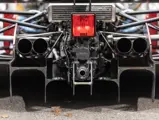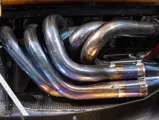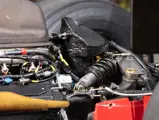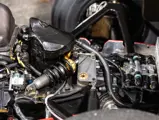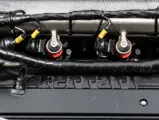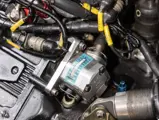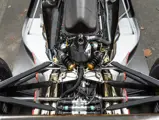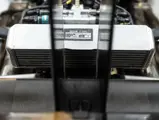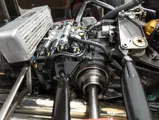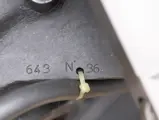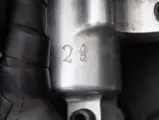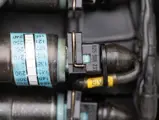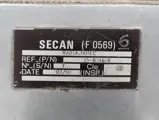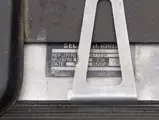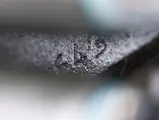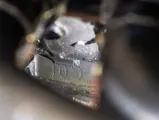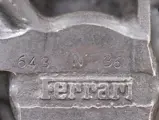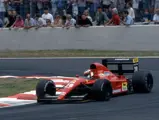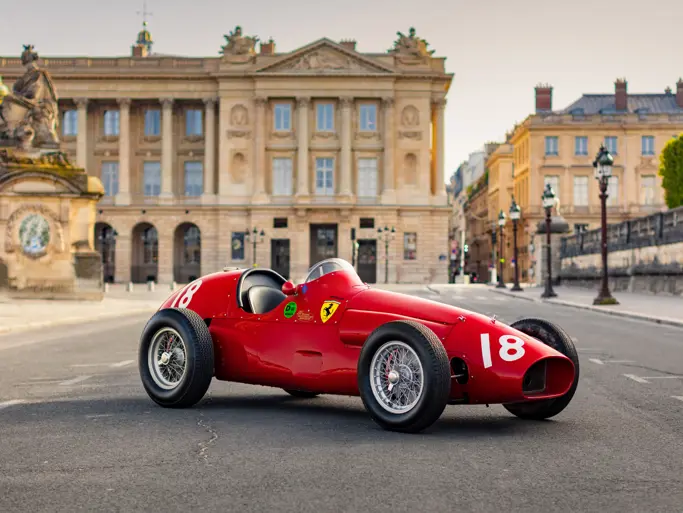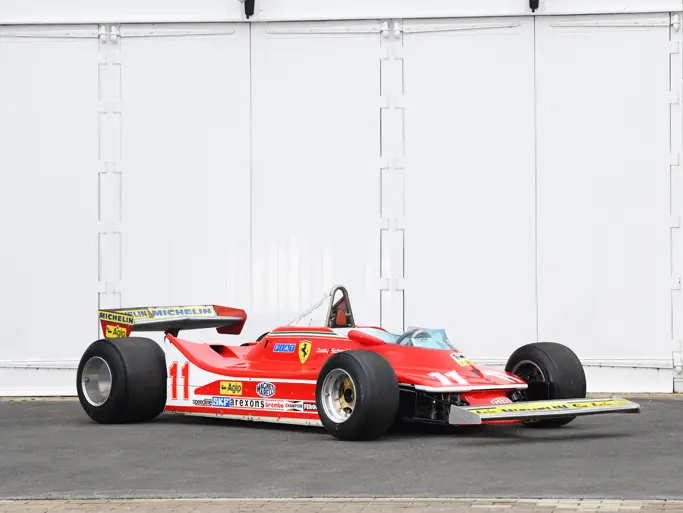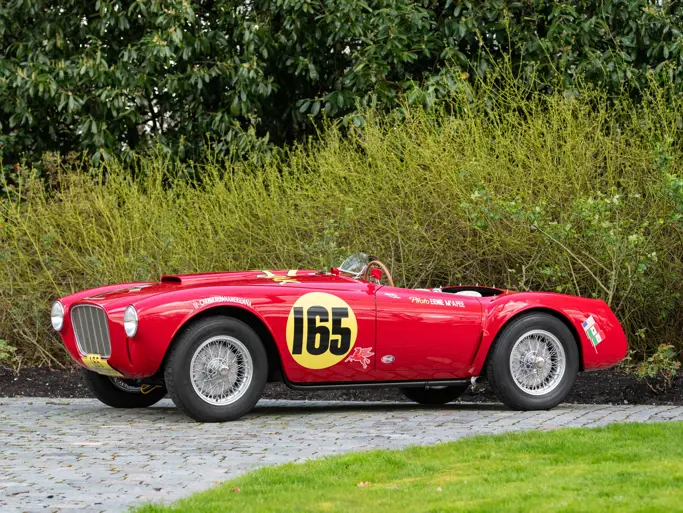Paris 2023
1991 Ferrari 643
{{lr.item.text}}
€3,661,250 EUR | Sold
 | Paris, France
| Paris, France
{{internetCurrentBid}}
{{internetTimeLeft}}

- One of the most striking grand prix cars of its generation
- Campaigned by French Formula 1 ace Jean Alesi and Gianni Morbidelli
- Contested the Australian, British, and French Grands Prix in 1991, finishing 4th at Magny-Cours
- Powered by a 3.5-litre naturally aspirated V-12 producing over 700 horsepower
- Presented in fully running order, with overhauled brakes, suspension and transmission, and recommissioned engine
- Eligible for historic racing events, including Formula Legends 3.5L and Ignition GP
- Une des voitures de Grand Prix les plus impressionnantes de sa génération
- Pilotée par l'as de Formule 1 français Jean Alesi et par Gianni Morbidelli
- Engagée aux Grands Prix 1991 d'Australie, de Grande-Bretagne et de France, classée 4ème à Magny-Cours
- Motorisée par un V12 atmosphérique de 3,5 litres délivrant plus de 700 ch
- Proposée en ordre de marche, freins, suspension et transmission révisés et moteur remis en état
- Eligible à des manifestations sportives historiques, dont la Formule Legends 3.5L et l'Ignition GP
Introduced halfway through the 1991 season, the beautiful Ferrari 643 was designed by Steve Nichols and Jean-Claude Migeot for the driver pairing of Alain Prost and his exciting young team-mate, Jean Alesi. Its predecessor was the short-lived 642, and while the 643 carried over that car’s 3,499-cc V-12, the carbon fibre-composite monocoque was heavily revised. The engine produced 710 horsepower at a screaming 13,800 rpm and drove through a seven-speed semi-automatic gearbox—technology that Ferrari had pioneered two years earlier.
The 643 made its debut in the French Grand Prix in July 1991, and chassis number 127 was entrusted to Alesi. Born in France to Sicilian parents, Alesi had caused a sensation when he arrived in Formula 1 in 1989, and his giant-killing performances in the nimble Tyrrell soon brought him to the attention of the big teams. Alesi had already agreed terms with Frank Williams by the time that Ferrari came calling, but when negotiations with Frank started to drag on, he duly signed with the Scuderia for 1991. The tifosi came to adore his hard-charging style in the car and his emotional character out of it.
On his maiden outing with chassis 127, Alesi was third quickest in the opening qualifying session behind the Williams of Nigel Mansell and the McLaren of Ayrton Senna, but after the second session he dropped to 6th place on the grid. While team-mate Alain Prost fought Mansell for the lead before finishing 2nd, Alesi was locked in a tight battle with Senna for 3rd place and made a daring lunge down the inside at the hairpin on the final lap. Senna held firm, however, and Alesi had to settle for 4th.
He drove chassis 127 again in the next race: the British Grand Prix at Silverstone. The two 643s lined up next to each other on the third row, Prost ahead of Alesi. The two of them were then involved in a fight for 3rd place with the McLaren of Gerhard Berger before Alesi collided with the Larrousse-Lola of Aguri Suzuki while trying to lap it. The incident put him out of the race.
Chassis 127 then served as the team’s spare car in Germany, Hungary and Belgium, before it was raced at the season-closing Australian Grand Prix by new recruit, Gianni Morbidelli. The young Italian was drafted in after Ferrari had fallen out with Prost and fired him after the previous race in Japan.
The race was held in dreadful conditions and was stopped while leader Senna was on his 17th lap. At that point, Morbidelli was in a superb 3rd position but the results were backdated to the end of lap 14, which meant that he was classified 6th and took the final points-paying position.
Following the 1991 season, chassis 127 was fully refurbished at the Maranello factory and sold to a South African collector. He kept it until 2010 and had it maintained by two of the Scuderia’s mechanics, who would travel to work on the car and periodically start its engine. It is said that the engine and gearbox have covered just 300 kilometres since being recommissioned.
Its next custodian was Peter Bailey, who was also based in South Africa. During his ownership the 643 was driven at Kyalami by Ian Scheckter, the elder brother of Jody—who won the 1979 World Championship with Ferrari—and a fine racer in his own right.
After being sold in 2016 to a German enthusiast, chassis 127 was treated to a full restoration. The transmission, suspension and brakes were all overhauled, the engine was painstakingly inspected and recommissioned, and the Ferrari reappeared at the 2018 Minardi Days event at Imola. It subsequently took part in the 2020 Oldtimer Grand Prix at the Nürburgring, and is offered for sale with all of the technical equipment necessary to run it. The Ferrari is eligible for enjoyment in historic motor racing series such as Formula Legends 3.5L and Ignition GP.
The 643 was one of the best-looking Formula 1 cars of its era—and its V-12 engine made it one of the best-sounding, too. Raced by folk hero Jean Alesi in his first year with the Scuderia, chassis 127 represents a rare opportunity to acquire a charismatic piece of Ferrari competition history.
Introduite à la mi-saison 1991, la magnifique Ferrari 643 avait été conçue par Steve Nichols et Jean-Claude Migeot pour deux pilotes, Alain Prost et son remarquable jeune coéquipier Jean Alesi. Elle succédait à la 642 qui n'avait pas duré et, si elle en reprenait le V12 de 3 499 cm3, sa monocoque en carbone composite avait été profondément revue. Son moteur, qui délivrait en hurlant 710 ch à 13 800 tr/min, était associé à une boîte semi-automatique à sept rapports, une technologie dont Ferrari avait été le précurseur deux ans plus tôt.
La 643 fit ses débuts au Grand Prix de France de juillet 1991, où ce châssis 127 fut confié à Alesi. Né en France de parents siciliens, celui-ci avait fait sensation en débarquant dans la Formule 1 en 1989 ; ses performances de tueur de géants au volant de son agile Tyrrell lui avaient valu l'attention des grandes écuries. Il était déjà parvenu à un accord avec Frank Williams au moment où Ferrari le contacta, mais les négociations avec Frank ayant commencé à s'éterniser, il signa avec la Scuderia pour 1991. Les tifosi eurent vite fait d'aduler son style de pilotage brutal et son caractère à fleur de peau.
Lors de sa première sortie sur le châssis 127, Alesi se classa, aux premières qualifications, troisième derrière la Williams de Nigel Mansell et la McLaren d'Ayrton Senna, mais à la deuxième session, il n'était plus que sixième sur la grille. Pendant que son coéquipier Alain Prost se battait avec Mansell pour gagner, avant de se classer deuxième, Alesi était entré dans une lutte serrée contre Senna pour la troisième place ; il se précipita dans l'intérieur d'une épingle lors du dernier tour, mais Senna tint bon et Alesi dut se contenter de la quatrième place.
Il pilota à nouveau le châssis 127 dans la course suivante, le Grand Prix de Grande-Bretagne, à Silverstone. Les deux 643 se retrouvèrent côte à côte dans le troisième tour, Prost juste devant Alesi. Ils se battaient tous deux pour la troisième place contre la McLaren de Gerhard Berger, jusqu'à ce qu'Alesi percute la Larrousse-Lola d'Aguri Suzuki en essayant de la doubler. L'incident le contraignit à l'abandon.
La voiture servit alors de voiture de secours lors des GP d'Allemagne, de Hongrie et de Belgique, puis courut à nouveau pour le dernier GP de la saison, celui d'Australie, confiée à une nouvelle recrue, Gianni Morbidelli. Ce jeune Italien avait été recruté après que Ferrari s'était brutalement séparé de Prost à l'issue de l'épreuve précédente, au Japon.
La course eut lieu dans des conditions épouvantables et fut interrompue alors que Senna était en tête à son dix-septième tour. Morbidelli tenait alors une magnifique place de troisième, mais les résultats furent antidatés à la fin du quatorzième tour, ce qui lui valut une place de sixième, la dernière à rapporter des points.
Après la saison 1991, le châssis 127 fut totalement remis en état à l'usine de Maranello et vendu à un collectionneur sud-africain. Il la conserva jusqu'en 2010 en la faisant entretenir par deux mécaniciens de la Scuderia qui venaient régulièrement travailler dessus et la faire démarrer. On dit que son moteur et sa boîte de vitesses n'avaient parcouru que trois cents kilomètres depuis leur remise en état.
Son propriétaire suivant fut Peter Bailey, résidant lui aussi en Afrique du Sud. Sous sa garde, la 643 fut pilotée à Kyalami par Ian Scheckter, le frère aîné de Jody (vainqueur du Championnat du monde 1979 sur Ferrari), lui-même un fin pilote.
Après avoir été vendu à un amateur allemand, le châssis 127 a été totalement restauré. Sa boîte de vitesses, ses suspensions et ses freins ont été révisés, son moteur a été méticuleusement examiné et remis en état et cette Ferrari a pu réapparaître à Imola en 2018, aux Minardi Days. Puis elle a pris part au Grand Prix des Oldtimers 2020 au Nürburgring.
Elle est proposée avec tout le matériel technique nécessaire pour la faire rouler et elle pourra offrir la satisfaction de participer à des manifestations sportives historiques telles que la Formule Legends 3.5L et l'Ignition GP, auxquelles elle est éligible.
La 643 est l'une des plus belles F1 de son époque, et son V12 est l'un de ceux qui sonnent le mieux. Ce châssis 127, qui a été piloté par le très populaire Jean Alesi lors de sa première saison à la Scuderia, constitue une rare occasion d'acquérir une représentante charismatique de l'histoire de Ferrari en course.

